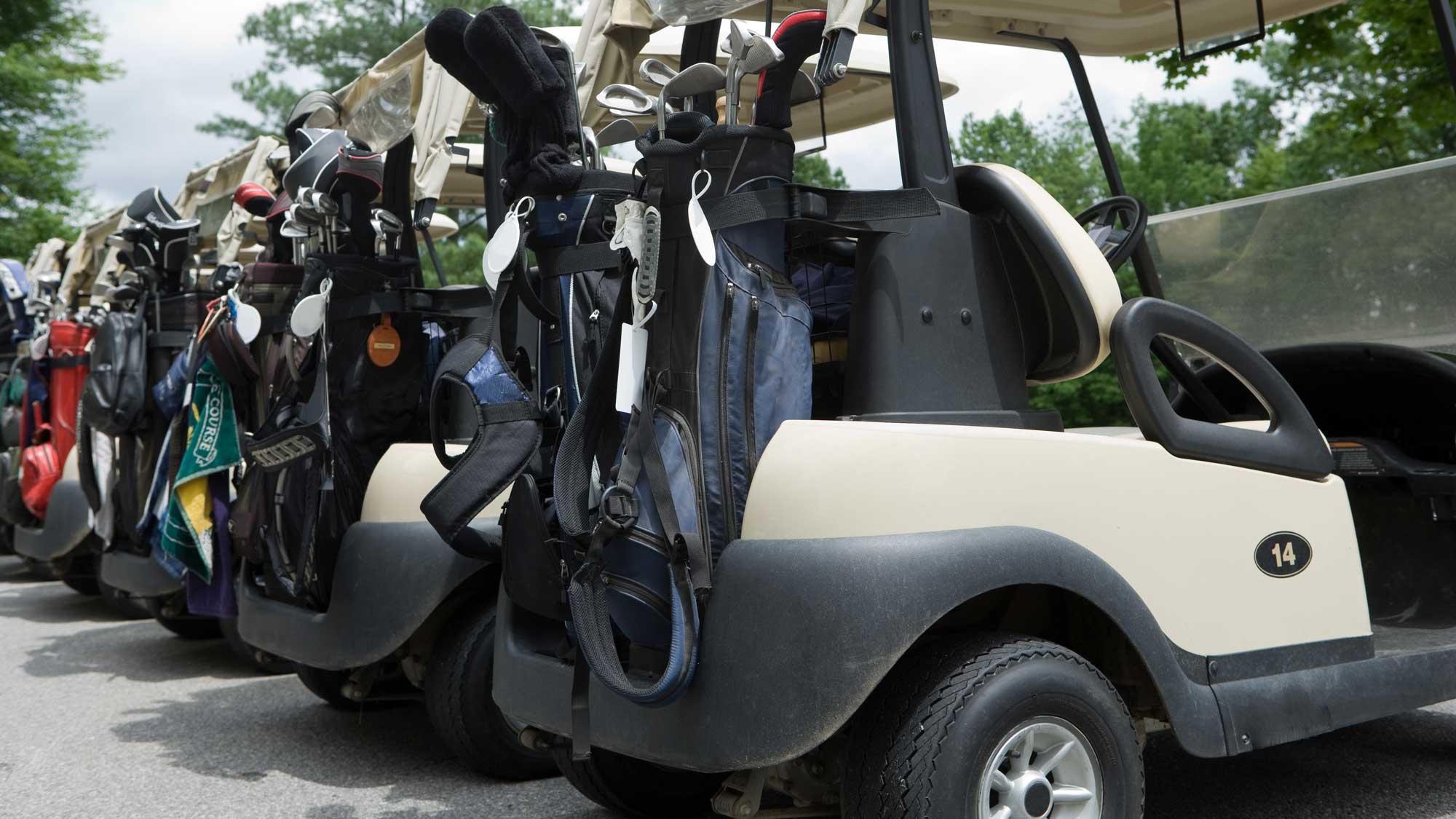“You know Augusta National is going to be the real linchpin when it comes to distance, don’t you?”
I heard that sentence, or at least a version of it, several times during conversations with equipment makers after the U.S. Golf Association and R&A announced they wanted to explore new Model Local Rules that could reduce distance at the elite levels. Those two organizations want to potentially modify how they test golf balls too.
The USGA and the R&A are the governing bodies of golf. They make the rules, set the equipment standards and oversee the handicap system. They research the sustainability of soil and grasses, report on the environmental impacts of the game, study ways to improve the pace of play and host tournaments worldwide, including the U.S. Open and British Open.
But the Augusta National Golf Club will also play a critical role because its reach has expanded beyond Washington Road and Old Berckmans Road. These days, Augusta National awards invitations to the Masters to the Asian Pacific Amateur Championship and the Latin American Amateur Championship winners, so its influence is felt in those regions. It hosts the Augusta National Women’s Amateur Championship, which has quickly become one of the most coveted amateur titles in golf and the Drive, Chip and Putt National Finals on the Sunday before the start of the Masters.
The club is also home to the most influential course in the world. With all due respect to the Old Course at St. Andrews, the universally acknowledged home of golf in Scotland, the most influential course in the world is in Georgia. Since Dr. Alister MacKenzie and Bobby Jones transformed Fruitland Nurseries into a golf course that opened in 1932, it has been revered.
Only a privileged few get to play on the holy ground, but tens of millions of people see it every year on TV and think, “Now that is what a great golf course is supposed to look like.” The green fairways are lush and devoid of weeds, the edges of the bunkers are razor-sharp, the flowers explode in color, while the sand is pearly white. Even the new trees look like they have been there for generations.
When it comes to modifying the course and making sure it continues to challenge the game’s best players, whether that means adding length, adding or removing trees, or adjusting the position of fairway bunkers, no obstacle is too great. Augusta National has a state-of-the-art sub air system that can pull water down through the soil and pump it away to make fairways and greens drier, scores of lawnmowers to cut the grass and plenty of fertilizer is used to make the plants, bushes and trees vibrant. Unlike many golf facilities, money is not an issue at Augusta.
So, if there is one course in the world that could afford to keep up with the trend in distance, it’s Augusta National.
Augusta National Chairman Fred Ridley speaks during the trophy presentation following the Augusta National Women’s Amateur golf tournament at Augusta National Golf Club. Mandatory Credit: Michael Madrid-USA TODAY Sports
If the USGA and R&A decide to create Model Local Rules that allow tournaments to mandate players use distance-reducing equipment, they will put those rules into play at events they control, including the U.S. Open and British Open. It would then be up to the tournament committee at Augusta National to decide whether or not to implement the Model Local Rules at the Masters and the PGA of America to decide what to do at the PGA Championship.
If Augusta opted not to implement the distance-reducing Model Local Rules, it would be a potentially mortal blow to the distance debate. But, if you have listened to Augusta National’s chairman, Fred Ridley, over the last year, it sounds like that will not happen.
Before the start of the 2021 Masters, Ridley said, “We have had a long-standing position of supporting the governing bodies. I was very encouraged when I saw the areas of interest that were published by the USGA and R&A [in 2021].” He went on to add, “Growth of the game is a big issue, but our position would be to support the governing bodies, and then if there is no action taken, for whatever reason, then we need to look at other options with regard to our golf course and what we can do to continue to challenge these great golfers and maintain the design integrity that was initially adopted by Mr. Jones and Mr. MacKenzie.”
This year, after discussing the changes to the 11th and 15th holes, Ridley said, “We look forward to further discussions during the comment period this summer, as well as future recommendations and ultimately implementation.”
Ridley won a national championship while playing at the University of Florida in the early 1970s, won the 1975 U.S. Amateur (defeating Curtis Strange and Andy Bean), competed in five majors and played in the Walker Cup in 1977. He was heavily involved with the USGA, served as the USGA’s Championship Committee chairman, and was elected president of the USGA in 2004. People refer to him as “Chairman Ridley ” everywhere he goes around Augusta National Golf Club, but at the USGA offices, he’s Fred.
So, it’s safe to assume that if Augusta National Golf Club is going to play a role in the distance debate and the USGA and R&A decide to create Model Local Rules that could mandate golfers use distance-reducing equipment at an elite tournament, the Masters is going to adopt those Model Local Rules if Fred Ridley has a say in the matter. And as chairman, he’s got the biggest vote of them all.








